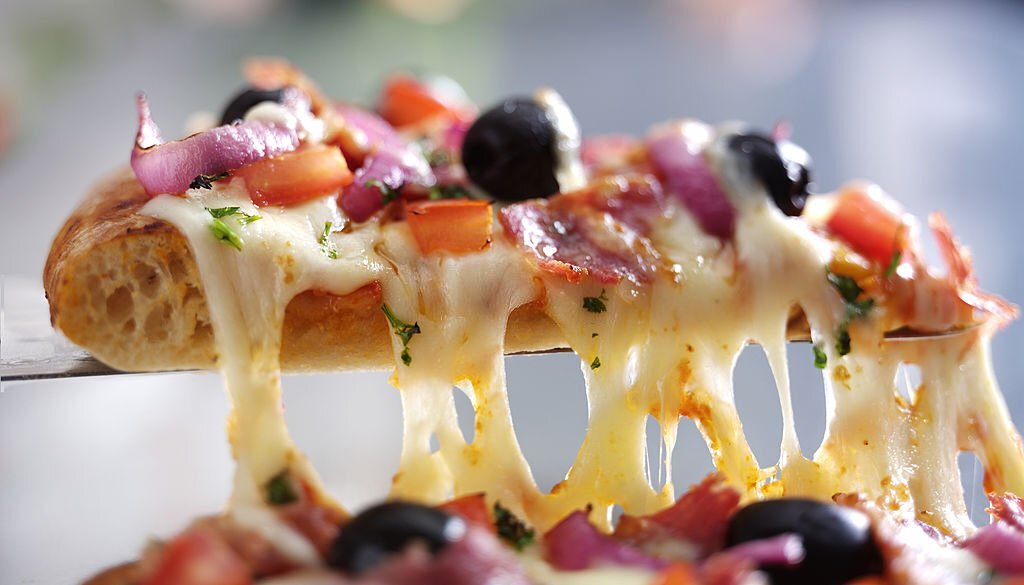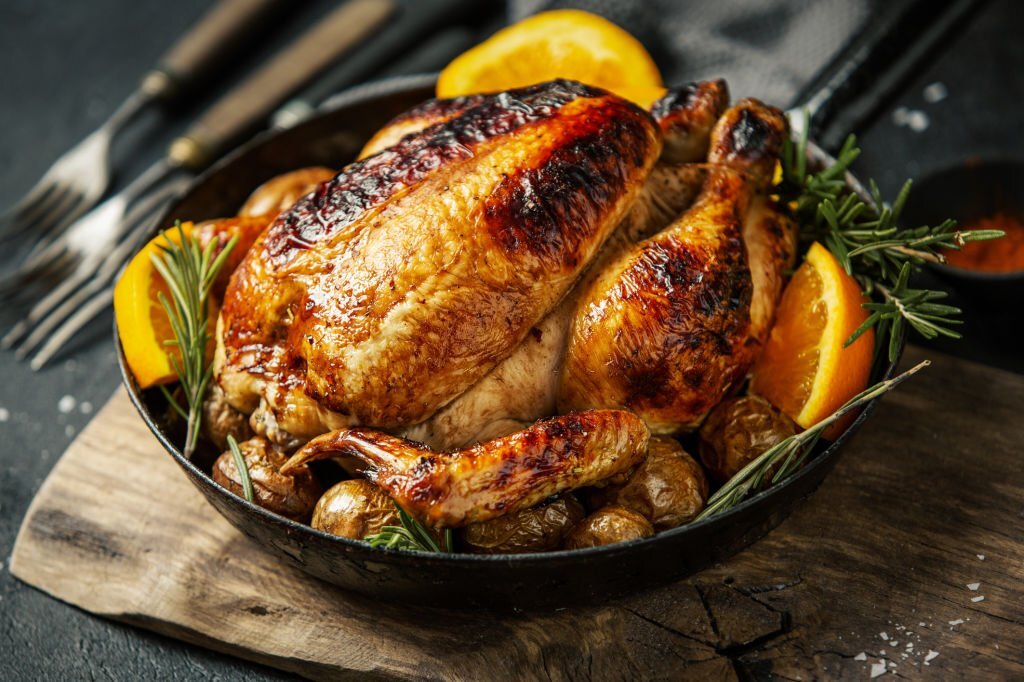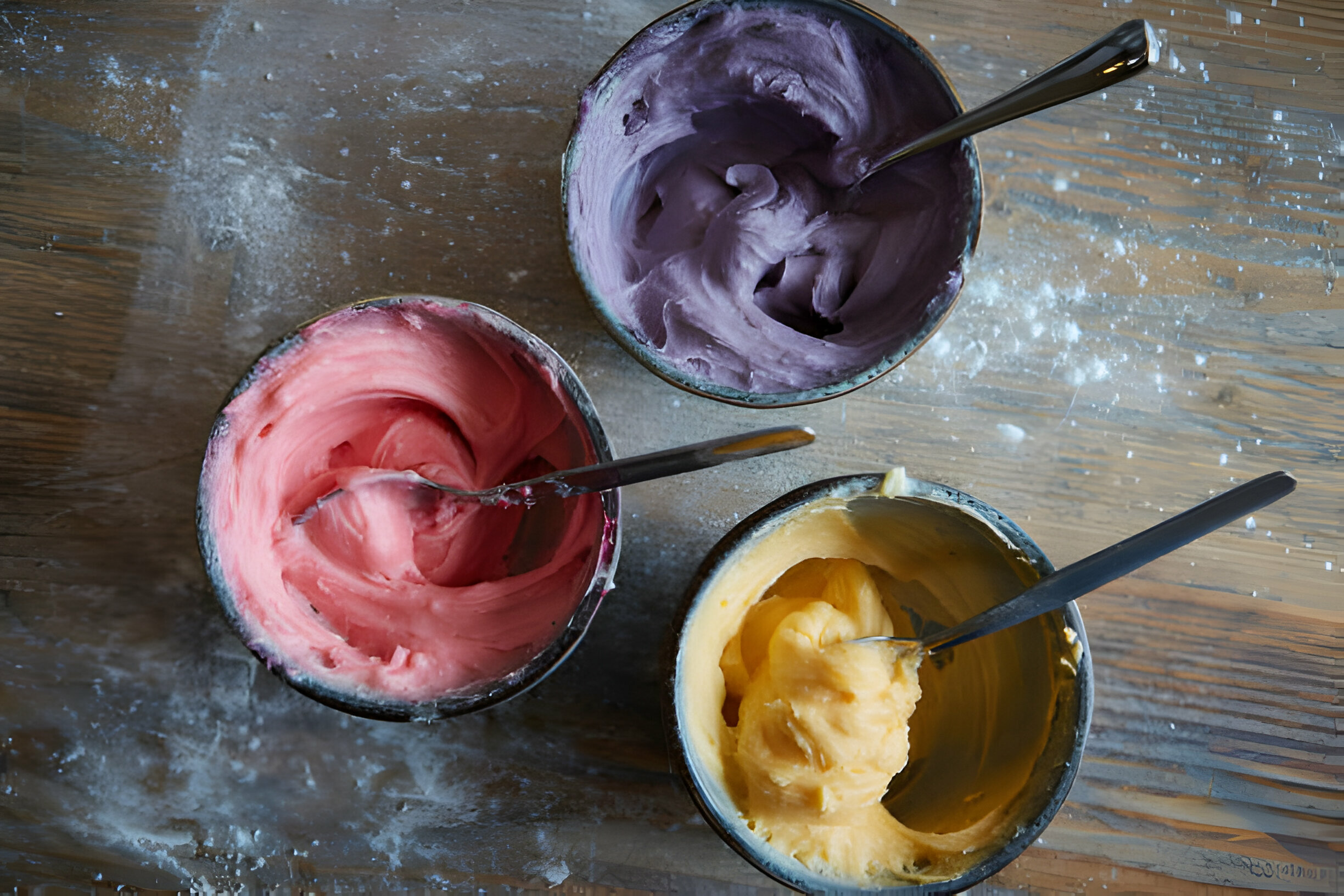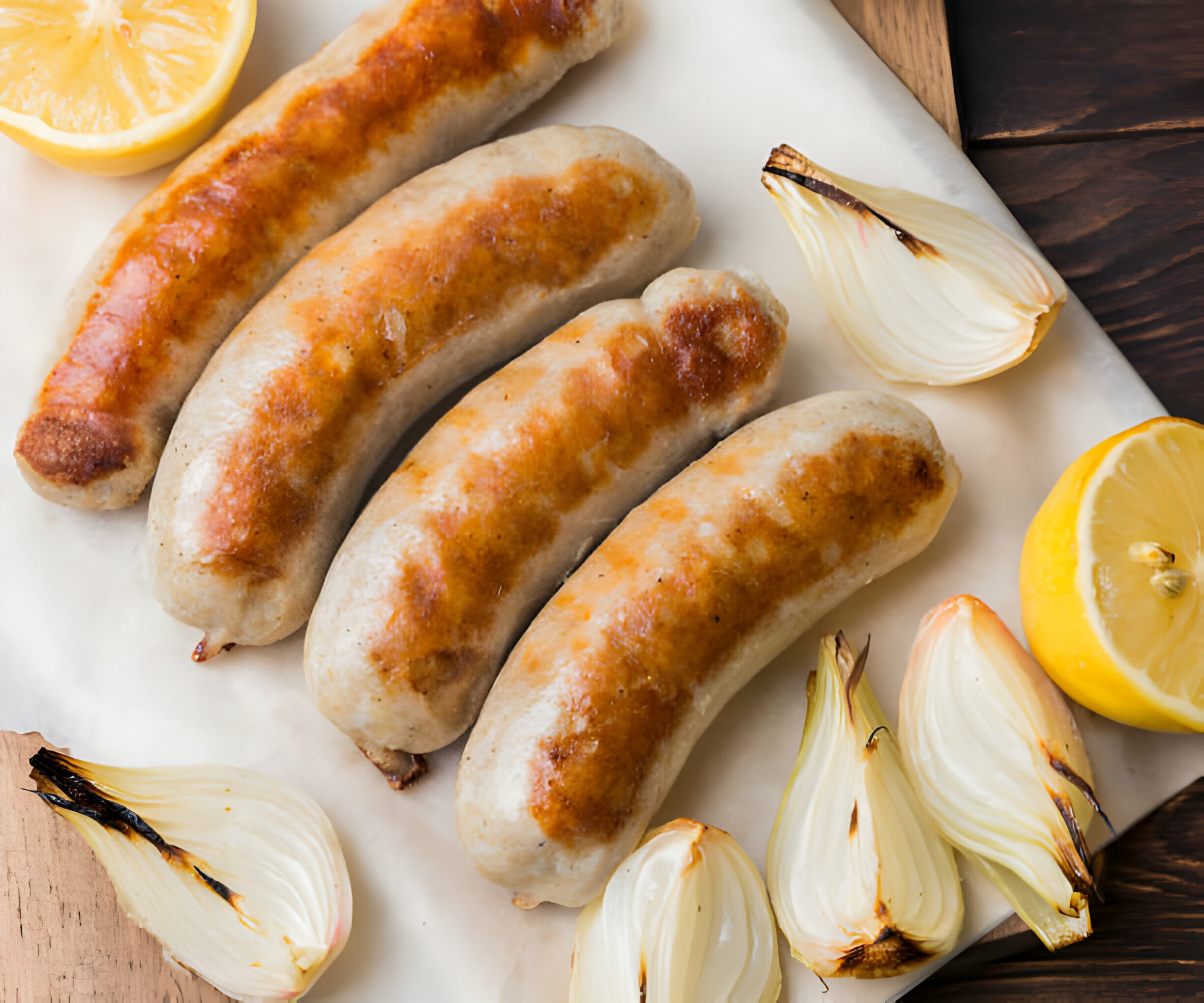How Many Calories In A Slice Of Pizza?
Pizza, a beloved and iconic dish enjoyed by millions worldwide, has become a staple in our modern culinary landscape. However, as concerns about calorie intake and health continue to grow, it’s important to understand the nutritional value of this popular indulgence. In this article, we will explore how many calories in a slice of pizza, examining the various factors contributing to its calorie count. By delving into this topic, we can make more informed choices and balance enjoying our favorite pizza slices while maintaining a healthy lifestyle.
What Are Calories?
Calories are a unit of measurement that quantifies the energy provided by food and beverages. They represent the fuel our bodies need to function properly as they break down food and convert it into energy for bodily functions like breathing, moving, and sleeping. Calories are typically measured in kilocalories (kcal), equivalent to 1,000 regular calories. Calories are crucial for maintaining a healthy weight, as the number of calories we consume versus the number we burn through physical activity determines whether we gain, lose, or maintain weight.
Consuming more calories than we burn leads to weight gain while burning more calories than we consume results in weight loss. Calories in food vary in nutritional value due to macronutrients like carbohydrates, proteins, and fats. Carbohydrates and proteins provide 4 calories per gram, while fats provide 9 calories per gram. The composition of our diet is crucial for maintaining a healthy and balanced diet, as it affects the total calorie intake.
How Many Calories Are in a Slice of Pizza?
A slice of pizza’s calorie content varies significantly based on factors like size, crust type, toppings, and preparation methods. For example, a cheese pizza typically has 200-400 calories depending on the brand, restaurant, or homemade recipe. Additional calories are added by toppings, such as pepperoni, which is higher in fat and calories than plain cheese. Other toppings like sausage, bacon, or extra cheese can also increase the calorie content of each slice.
Calorie Content in Pizza
Pizza’s calorie content can vary depending on several factors, including the size of the pizza, crust thickness, cheese type, toppings, and serving size. Here’s a breakdown of the approximate calorie content in different components of a typical pizza:
Crust:
- Thin Crust (1/8th of a 14-inch pizza): Around 120-150 calories per slice.
- Regular Crust (1/8th of a 14-inch pizza): Approximately 180-220 calories per slice.
- Deep Dish or Thick Crust (1/8th of a 14-inch pizza): Roughly 250-350 calories per slice.
Cheese:
- Mozzarella Cheese (1/8th of a 14-inch pizza): Approximately 80-100 calories per slice.
- Cheddar Cheese (1/8th of a 14-inch pizza): Around 90-110 calories per slice.
Sauce:
- Tomato Sauce (1/8th of a 14-inch pizza): Approximately 15-25 calories per slice.
Toppings:
- Pepperoni (1 slice): Roughly 35-50 calories per slice.
- Sausage (1 slice): Approximately 50-70 calories per slice.
- Mushrooms (1/8th of a 14-inch pizza): Around 5-10 calories per slice.
- Onions (1/8th of a 14-inch pizza): Approximately 5-10 calories per slice.
- Bell Peppers (1/8th of a 14-inch pizza): Roughly 5-10 calories per slice.
Calorie Estimates for Different Pizza Slices
Here are some approximate calorie estimates for different types of pizza slices:
Cheese Pizza Slice:
- Thin Crust: Approximately 180-250 calories per slice.
- Regular Crust: Approximately 200-300 calories per slice.
- Deep Dish or Thick Crust: Approximately 300-400 calories per slice.
Pepperoni Pizza Slice:
- Thin Crust: Approximately 200-300 calories per slice.
- Regular Crust: Approximately 250-350 calories per slice.
- Deep Dish or Thick Crust: Approximately 350-450 calories per slice.
Veggie Pizza Slice (combination of vegetables like mushrooms, onions, bell peppers, etc.):
- Thin Crust: Approximately 150-250 calories per slice.
- Regular Crust: Approximately 200-300 calories per slice.
- Deep Dish or Thick Crust: Approximately 250-350 calories per slice.
Meat Lover’s Pizza Slice (combination of high-calorie meats like sausage, bacon, ham, etc.):
- Thin Crust: Approximately 250-350 calories per slice.
- Regular Crust: Approximately 300-400 calories per slice.
- Deep Dish or Thick Crust: Approximately 400-500 calories per slice.
Margherita Pizza Slice (fresh mozzarella cheese, tomato sauce, and basil):
- Thin Crust: Approximately 150-200 calories per slice.
- Regular Crust: Approximately 200-250 calories per slice.
- Deep Dish or Thick Crust: Approximately 250-300 calories per slice.
Pizza Nutrition Facts
Pizza is a popular dish that consists of a dough base, tomato sauce, cheese and various toppings. It can be prepared in different ways, such as frozen, fresh or fast-food. The nutrition facts of pizza depend on the ingredients and the cooking method. Here is a brief overview of some common aspects of pizza nutrition.
Calories
Pizza is generally high in calories because of its high-carb and high-fat content. One slice of regular cheese pizza (107 grams) from a fast-food chain has about 285 calories, while one slice of pepperoni pizza (167 grams) from Pizza Hut has 460 calories. The calorie content can vary depending on the type and amount of cheese, meat and vegetables used as toppings.
Fat
Pizza is also high in fat, especially saturated fat, which can increase the risk of heart disease and obesity. Cheese and fatty meats are the main sources of fat in pizza. One slice of regular cheese pizza has 10.4 grams of fat, of which 4.8 grams are saturated. One slice of pepperoni pizza has 26 grams of fat, of which 11 grams are saturated.
Carbs
Pizza is a rich source of carbs, which provide energy for the body. However, too many carbs can also raise blood sugar levels and contribute to weight gain. The crust, sauce and some toppings contain carbs. One slice of regular cheese pizza has 35.6 grams of carbs, while one slice of pepperoni pizza has 37 grams of carbs.
Protein
Pizza provides some protein, which is essential for muscle growth and repair. Cheese, meat and some vegetables are the main sources of protein in pizza. One slice of regular cheese pizza has 12.2 grams of protein, while one slice of pepperoni pizza has 19 grams of protein.
Vitamins and minerals
Pizza contains some vitamins and minerals, such as calcium, magnesium, phosphorus, iron and zinc. These nutrients support various functions in the body, such as bone health, blood formation and immune system. However, pizza is not a very good source of these nutrients compared to other foods. For example, one slice of regular cheese pizza provides only 15% of the RDI for calcium and 9% for iron.
Why Does Pizza Have So Many Calories?
Pizza is a popular dish that originated in Italy and is now enjoyed all over the world. Pizza typically consists of a flatbread base topped with tomato sauce, cheese, and various toppings such as meat, vegetables, or herbs. Pizza can have a high calorie content for several reasons.
First, the base of the pizza is usually made from refined flour, which is low in fiber and nutrients and high in carbohydrates. A single slice of pizza can have about 36 grams of carbohydrates, which provide 4 calories per gram. The refined flour also causes a spike in blood sugar levels, which can lead to overeating and weight gain.
Second, the cheese on the pizza is a major source of fat and calories. Cheese is rich in protein and calcium, but also contains saturated fat and cholesterol, which can increase the risk of heart disease and stroke. A single slice of pizza can have about 10 grams of fat, which provide 9 calories per gram. The cheese also adds salt to the pizza, which can raise blood pressure and cause water retention.
Third, the toppings on the pizza can vary widely in their calorie content and nutritional value. Some toppings, such as vegetables and herbs, are low in calories and high in vitamins, minerals, and antioxidants. However, other toppings, such as pepperoni, sausage, bacon, or ham, are high in calories and fat, as well as sodium and preservatives. A single slice of pizza can have about 8 grams of protein, which provide 4 calories per gram. The protein can help build muscle and repair tissue, but also adds to the total calorie intake.
Therefore, pizza can have a high calorie content because of its ingredients and portions. A typical slice of pizza can have about 300 calories, depending on the type and size of the pizza. However, this does not mean that pizza is unhealthy or should be avoided. Pizza can be enjoyed in moderation as part of a balanced diet that includes fruits, vegetables, whole grains, lean protein, and healthy fats. Pizza can also be made healthier by choosing whole wheat or gluten-free crusts, low-fat or vegan cheese, and fresh or grilled toppings.
Can Pizza Be Included In A Healthy Diet?
Yes, pizza can be included in a healthy diet when consumed in moderation and with mindful choices. Opting for whole grain or thin crust options, using lighter cheese or cheese alternatives, and loading up on vegetable toppings can enhance the nutritional profile of pizza. Practice portion control and balance pizza with other nutritious foods. Homemade pizzas offer greater control over ingredients and portion sizes. Make thoughtful choices, consider nutritional factors, and enjoy pizza as part of a well-rounded diet for a satisfying and enjoyable addition to a healthy diet.
Tips for Healthier Pizza Choices
When it comes to enjoying pizza while making healthier choices, here are some tips to consider:
- Crust: Opt for whole grain or thin crust options. Whole grain crusts provide more fiber and nutrients, while thin crusts generally have fewer calories than thicker ones.
- Sauce: Choose tomato-based sauces instead of creamy or high-fat options. Tomato sauces are lower in calories and provide the antioxidant lycopene.
- Cheese: Consider using lower-fat cheese options, such as part-skim mozzarella, or cheese alternatives like almond or cauliflower-based cheese. Use cheese sparingly to reduce overall calorie and fat content.
- Toppings: Load on vegetable toppings like spinach, mushrooms, bell peppers, onions, and tomatoes. These add fiber, vitamins, and minerals without significantly increasing calorie count. Lean protein options like grilled chicken or turkey can be healthier alternatives to high-fat meats like pepperoni or sausage.
- Portion Control: Be mindful of portion sizes and avoid overeating. Stick to a single or a couple of slices, and complement your meal with a salad or steamed vegetables.
- Balance: Enjoy pizza as part of a balanced meal plan. Ensure you get nutrients from other food groups like fruits, vegetables, whole grains, and lean proteins.
- Mindful Eating: Practice mindful eating by savoring each bite, eating slowly, and paying attention to your body’s hunger and fullness cues. This can help prevent overeating.
FAQs
Can I Freeze Pizza?
Yes, you can freeze pizza to extend its shelf life. Make sure to wrap it tightly in plastic or foil, and bake it in the oven for best results when reheating.
How Many Calories Are In 2 Large Slices Of Pizza?
The calorie content in two large slices of pizza can range from approximately 500 to 800 calories, depending on the type of Crust, toppings, and size.
What Is The Maximum Calorie Intake Per Day?
The maximum recommended daily calorie intake varies depending on age, gender, activity level, and overall health but generally ranges from 1,500 to 2,500 calories for adults.
Can I Eat Pizza If I’m Trying To Lose Weight?
You can still enjoy pizza while trying to lose weight by opting for healthier Crust and topping choices, practicing portion control, and incorporating it into a balanced diet.
Conclusion
When approached with mindfulness and moderation, pizza can be a healthy addition to a balanced diet. Pizza can be enjoyed guilt-free while maintaining a healthy lifestyle by choosing whole grain or thin Crust, incorporating nutritious toppings, and practicing portion control. It’s crucial to consider the overall nutritional value, balance it with other nutrient-rich foods, and adhere to individual calorie and dietary needs.
Claire Lower
Claire is LiveandFeel Senior Food Editor. She has a BS in chemistry, a decade of food journalism experience, and a deep love for mayonnaise and MSG. As a Senior Food & Beverage Writer for liveandfeel, where I generate exciting content covering topics such as culinary trends, recipes, and perhaps even health and wellness aspects related to food. that not only informs but also captivates a sizable audience.







